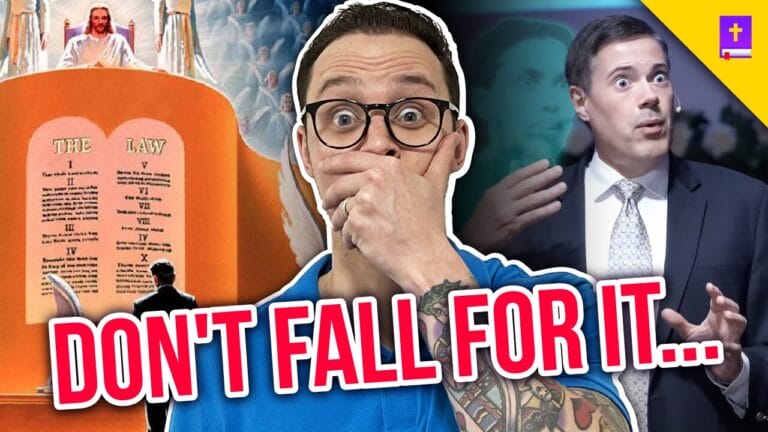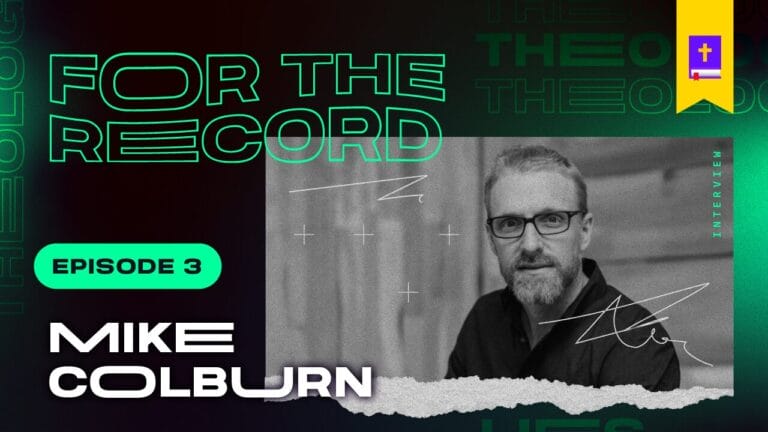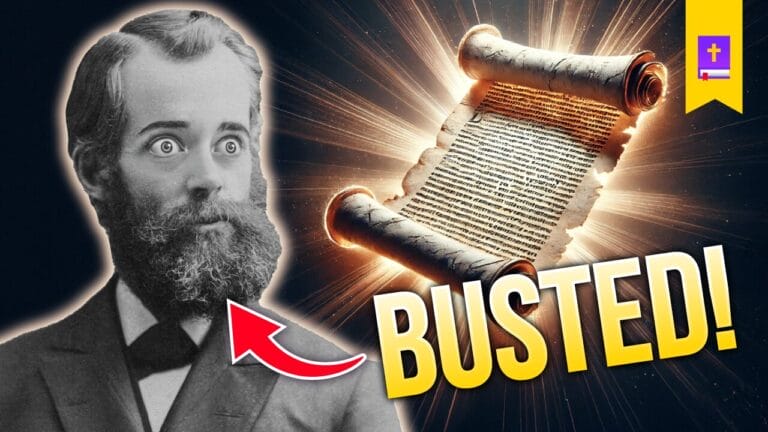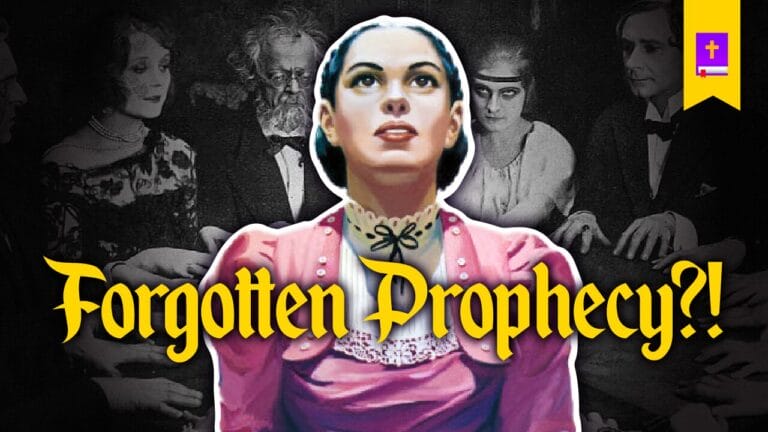Adventist Teaching: Yes
Biblical Teaching: No
One doesn’t need to interact with a Seventh-Day Adventist for very long before running into the claim that Jesus was “resting in the tomb on the seventh day Sabbath.” This has become sort of a staple claim, even posited on the SDA Church’s website, to bolster the importance of the seventh day Sabbath over and against the day that He resurrected—the first day. It is also usually said by Adventists to try and support the idea that seventh day Sabbath observance is binding on Christians. But is that what Jesus’s death is really teaching us?
The scriptures are clear that Jesus came to fulfill all righteousness which included His sinless life, death, burial and resurrection (1 Corinthians 15:1-4). This work entailed coming to take sin away (John 1:29). This was the work that He came to do and, until it was all accomplished, His work was not complete. Had He failed at any one of those four steps, redemption would not have been accomplished. Let’s look over the entire spectrum of what the work that the Person of Jesus Christ entailed.
1. His Sinless Life
Jesus’s sinlessness is one of the many reasons the incarnation is such an important doctrine. For a number of reasons, had Jesus not come in the likeness of human flesh, He couldn’t have been the Savior of humanity. One such example is found in the book of Hebrews where the author tells us very clearly that the prophets of old foretold the Messiah would be our “brother,” the founder of our salvation (Hebrews 2:5-13). We are told it was fitting that He would be referred to as our brother because He came in human likeness to save humans, not angels (Hebrews 2:14-16). In other words, He had to be a human in order to pay for human sin. Had He not been human, He couldn’t be the founder of our salvation nor the Messiah.
So, without His incarnation, the work of salvation could not be completed. But He couldn’t have simply taken on fallen human flesh. He had to be sinless (Hebrews 4:15). In fact, His sinlessness was also foretold of the prophets, namely that the Messiah would be the true, blemish free, sinless Passover Lamb (Exodus 12:5). In other words, Jesus could not have been born dead in trespasses and sins as all the rest of humanity is born (Ephesians 2:1–3). He was born spiritually alive, not dead, and sin had no claim on Him.
2. His Death
Had Jesus not died, bearing the sins of His people and paying the penalty for sin, He wouldn’t have been the Lord’s Suffering Servant that Isaiah prophesied (Isaiah 52:13-15).
It was necessary that God punish sin because He is ontologically just (Deuteronomy 32:4; Job 34:12, Isaiah 5:16). This means that in order for sinners to be reconciled to a Holy God, their sin could not go unpunished. With the wages of sin being death (Romans 6:23), if Jesus had not truly died, the work of redemption could not be accomplished because sin would go unpunished, and God would be unjust letting sin slide.
But thanks be to God that He is both the just and the justifier of those who have faith in Jesus. He demonstrated His justice by punishing our sin in His Son as He became sin for us (2 Cor. 5:21), and He revealed Himself as the justifier when the Son took our imputed sin and our punishment, bearing God’s wrath and death as our Substitute. Thus He mercifully spared sinners who believe in Him to the praise of His glory (Romans 3:26).
Jesus’s death for His people is also foreshadowed in his baptism at the Jordan River. Unlike the others who came for baptism, Jesus had no personal sins to confess (Matthew 3:6). Yet He still received “a baptism of repentance for the forgiveness of sins” (Mark 1:4). Matthew tells us this was to “fulfill all righteousness” (Matthew 3:14-5), and it was a sign that He identified with the sins of those He came to save (2 Corinthians 5:21). His death was necessary to truly bear the sins of His people, and He did so in His body on the cross (Isaiah 53:6, 1 Peter 2:24).
3. His Burial
Jesus himself foretold His burial in Matthew 12:40. Therefore, had Jesus not been buried, not only would He have been revealed as a liar (and thus a sinner), but the Scriptures that foretold the Suffering Servant—particularly Isaiah 53:9 where the prophet reveals that “His grave was assigned with wicked men”—would not have been fulfilled. In other words, if Jesus had not been buried, He wouldn’t have been the Messiah, and redemption could not have happened. His burial testifies that He truly died, and it reveals that He is the One whom the Old Testament prophets foretold.
Also tied to the death of the Savior is all that Scripture says about the curse of God and the satisfaction of His wrath (Galatians 3:13). Since death is the sentence pronounced on sinners (Genesis 2:15-17; Romans 6:23), and death is required for atonement (Isaiah 53; Hebrews 9:22), Jesus’s burial demonstrates that Jesus truly died and paid sin’s penalty.
4. His Resurrection
Lastly, had He not been resurrected, that failure would have signified that His death was not sufficient for the sins of the world. Furthermore, if He had remained in the tomb, that fact would have demonstrated that He Himself was not the Messiah but rather a sinner, an imposter who was not the Perfect Sacrifice required for sins’ atonement. Paul tells us quite plainly in 1 Corinthians 15:13-14 that, unless Jesus was raised from the dead, our faith is useless. The same Paul also tells us that by His resurrection, the Lord Jesus was declared to be the Son of God (Romans 1:4), demonstrating that He was, indeed, who He claimed to be, and His resurrection is what provides the means for our justification before God (Romans 4:25).
As with His sinless life, His death, and His burial, His resurrection was also foretold in the Old Testament (Psalm 16:10; Psalm 22; Isaiah 53:10-11). One foreshadowing of Jesus’s resurrection which is often overlooked—one which Paul directly references in 1 Corinthians 15 (the key resurrection chapter of the New Testament)— is Leviticus 23:9-14: the Feast of Firstfruits. The firstfruits were literally the first yield gathered from their barley crops each year; they were the best of the best, the cream of the crop.
In fact, the Israelites were not to eat any of their barley harvest until they had presented the firstfruits to the priest. Significantly, the offering of a sheaf of firstfruits (a quantity of grain bound together) had to occur on the first day of the week! We can deduce from this command that the harvest of the firstfruits had to occur on a day before the Sabbath since Israel was not permitted to do any work on the seventh day. That sheaf of grain, then, would lie in wait over the hours of the Sabbath before being presented to the Lord on the first day of the week.
The foreshadowing of Jesus’s death and burial on Friday, of His being in the tomb on Sabbath, and of His rising to life on the first day is unmistakable.
Paul says Jesus is the Firstfruits of the resurrection (1 Corinthians 15:20-3)—He was the first human to resurrect from death. Paul is also telling us that Jesus is the true fulfillment of the shadow of the Feast of Firstfruits. In other words, Jesus is the firstfruits of a new creation. His sacrifice was accepted by the Father, and His resurrection broke the curse of death. Now all of us who believe and trust in Him and His finished work become part of that new creation “in Him”. We who believe are the harvest of a new “crop”: people who have been rescued from the curse of sin and made eternally alive in Jesus with the promise that our bodies, too, will one day rise from death.
In short, had Jesus not resurrected, then the work of redemption would have not only been incomplete, but He wouldn’t have been who the Scriptures say the Messiah is.
When He walked out of that tomb at the dawn of the first day, the work of redemption was accomplished in full. For this reason Paul hinges the gospel on this last step of Jesus’s redemptive work. Everything else could have happened, but if He hadn’t resurrected, the work of redemption would have been incomplete.
This entire chain of redemption consists of the work that Jesus came to do. The whole process “fulfilled all righteousness”, and it was all necessary.
The Conclusion of the Matter
With all of that in mind, this shows us that Christ was working in the grave, not resting. His work in the tomb was a part of his penal substitution on behalf of sinners. This is why the believer can boldly proclaim, “His death was my death, I was buried with Christ, and it is no longer I that live but Christ that lives within me.” (Romans 6:4-5, Galatians 2:20)
He came to fulfill all of the Law and the Prophets. Which means that, until resurrection was accomplished, Jesus was working on the redemption of creation by paying the penalty for sin. It was not until He was raised in resurrection power that He rested from His work. It was when the work of redemption was finalized on the first day, that He entered into His mediatorial rest of mediation for His people after a perfect and completed work was finished (Hebrews 4:1-11, 10:12). After making purification for sins (Hebrews 1:3), our Lord was buried in the tomb to continue the work of redemption.
While the Adventist Church might think they are clever, this is another area where they miss the substance at the behest of uplifting their tradition. Many Adventists will often bring up the objection that Jesus couldn’t have been working in the grave on the seventh day Sabbath because that would mean He broke the Sabbath by working. What our Adventist friends fail to remember is that works of necessity and mercy were permitted on the Sabbath (Matthew 12:10-12, Luke 13:14-16). If Jesus’s work in the grave was not the ultimate act of mercy and necessity, the fulfilling of all righteousness, then they better reconsider their appeal to Adventist ministers and healthcare personnel working on Saturday’s being permissible because it’s an “act of necessity.”
Thanks be to God for the work of Jesus Christ in the tomb on the seventh day Sabbath. For if it weren’t for the accomplishment of that work we would still be under the yoke and curse of the law (Galatians 3:10), dead in our sins (Ephesians 2:1), and without hope and rest. It’s because of Jesus’s work in the tomb and resting upon exiting that Christians can have rest “in Him”—true rest for the soul in the finished and completed work of Jesus Christ. Hallelujah!










